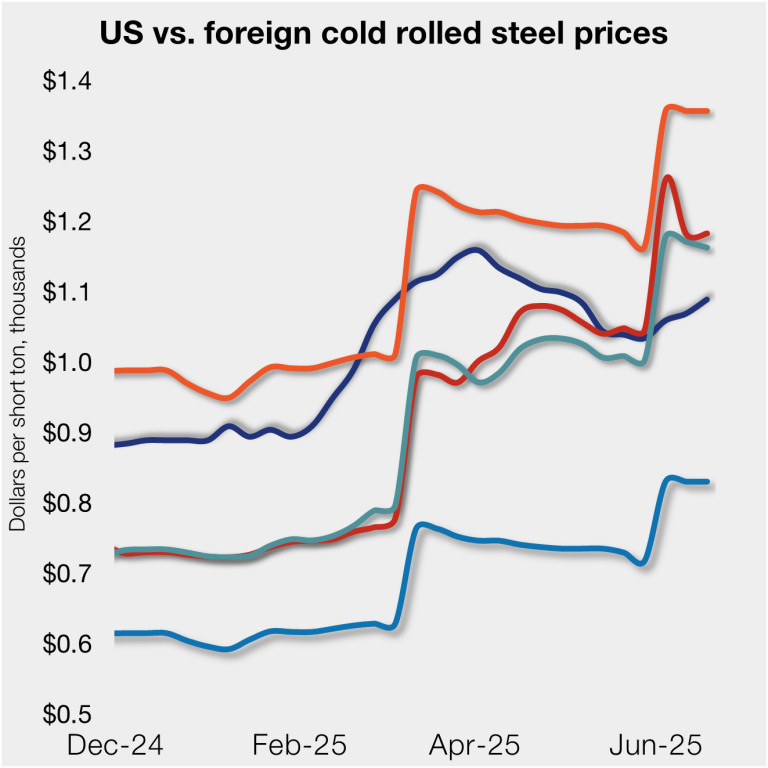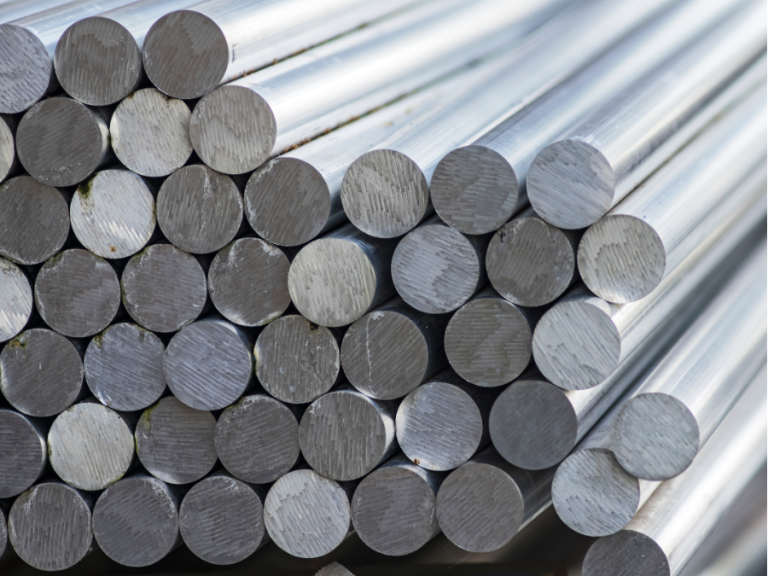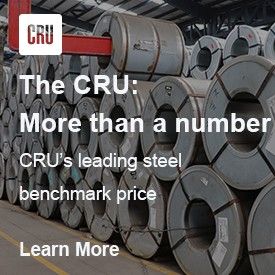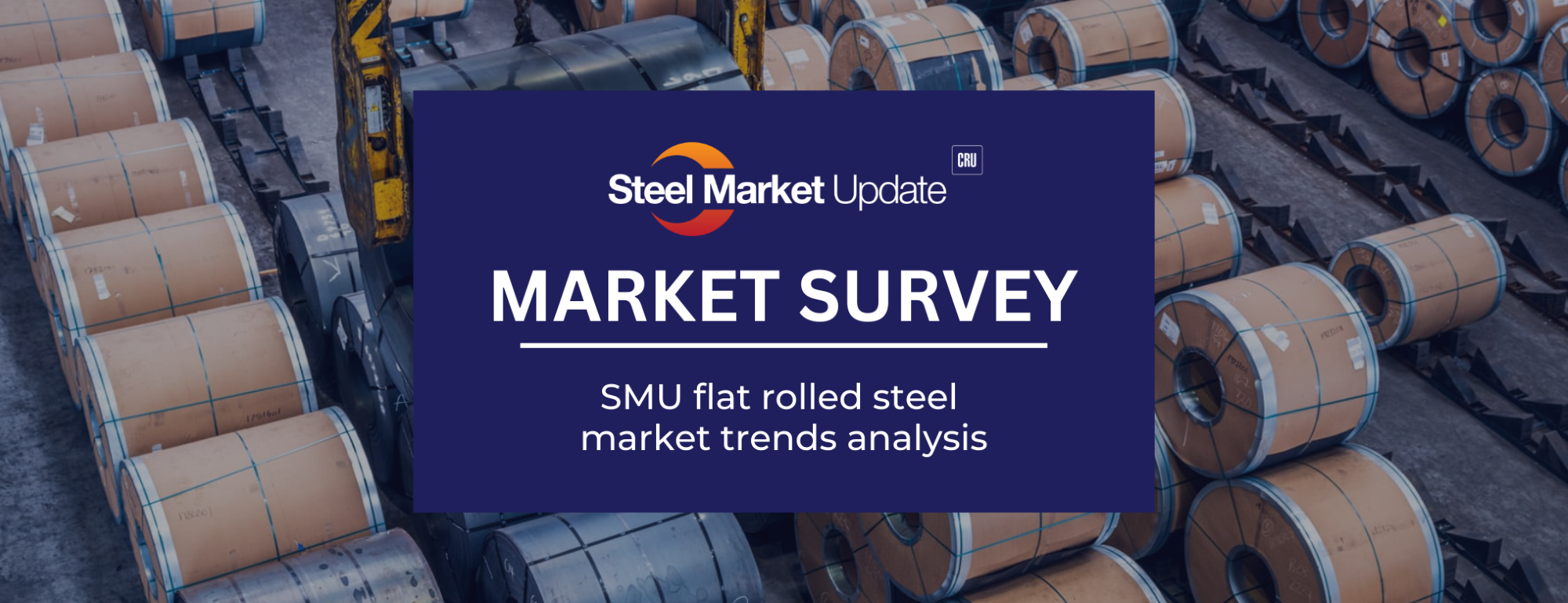
Where the steel community comes together
Keeping a finger on the pulse of the flat-rolled steel market with the latest steel news, prices, and industry updates
What we do
Pricing
Steel Market Update produces weekly price assessments, news, and analysis of market trends affecting prices and sentiment on the US steel market.
Trends and Analysis
Sentiment, Inventories, Prices, and Key Market Indicators – everything you need to quickly adapt in the dynamic steel industry.
Events and Training
We are proud to be an industry leader with our nationally recognized trainings and events, like the Steel Summit Conference and Tampa Steel Conference. We offer in-person and virtual workshops in our Steel Industry Training Program across the country facilitated by industry experts.
Advertising
Maximize your reach to your target market through an advertising partnership with Steel Market Update. Advertising with Steel Market Update ensures optimal visibility, allowing you to effectively convey your unique message to companies involved in flat rolled steel products and markets.
Latest news

Final Thoughts
Not many people in the North American steel market had direct US involvement in another Middle East on their bingo card.
Prices weren’t expected to shoot higher unless something unexpected happened. That unexpected something has now happened. And there is talk of oil at $100 per barrel. What does that mean for steel?

SMU Community Chat: Wednesday With AGC Chief Economist Ken Simonson
We’ll have a lot to talk about because construction is at the intersection of so many of today’s hot-button issues. The main question: Will construction thrive or dive in the rest of ’25? (Nothing wrong with a rhyme, even in serious times.)

Higher US CR prices inch closer to EU, Japanese tags
US cold-rolled (CR) coil prices continued to tick higher this week, while offshore markets were mixed.

Price: Is It Nippon Steel USA or a partnership? And what does that mean for imports?
The document makes clear that Nippon Steel, through Nippon Steel America, will have “100% ownership of [the] common stock.” So if you want to own an interest in U.S. Steel’s future success, you will need to buy shares in Nippon Steel on the Nikkei stock exchange. It certainly will not be in your domestic S&P 500 ETF.

Cliffs commissions stainless annealing line at Coshocton Works
Cleveland-Cliffs announced the commissioning of its new Vertical Stainless Bright Anneal Line at its Coshocton Works facility in Coshocton, Ohio, on Friday.

SMU’s Week in Review: June 16-20
Your highlights on the week in trade developments, price increases, scrap news, and more.

Rig count ticks lower in the US, higher in Canada
Oil and gas drilling activity declined in the US again this week the US, while Canadian counts improved, according to Baker Hughes.

CRU: Steel prices fall amid global demand weakness
The forceful headwinds bearing down on steel markets across the globe have created demand challenges and sent prices southward. The US, however, challenged the global trend.

Most steelmaking raw material prices decline through June
According to our latest analysis, prices for four of the seven steelmaking raw materials we track declined from May to June. Collectively, these materials declined 3% month over month (m/m) and are down 9% compared to three months ago.

CSPA, USW say Canadian government’s steel action ‘falls short’
CSPA, USW disappointed in Canadian government’s actions on steel.

AMU: Canada tightens trade policy on tariff tensions
The moves include reciprocal procurement restrictions, import quotas, and the formation of stakeholder task forces for aluminum industries.

Worthington Enterprises buys Elgen Manufacturing
Worthington Enterprises acquires HVAC products maker Elgen Manufacturing.
Featured
Pricing
Interactive Pricing Tool
Chart steel and scrap prices against key indicators with our Interactive Pricing Tool.
Flat-Rolled Steel Prices

Steel Pricing Momentum
Flat Rolled Lead Times
Steel Buyers’ Sentiment
Mill Spot Price Negotiations







